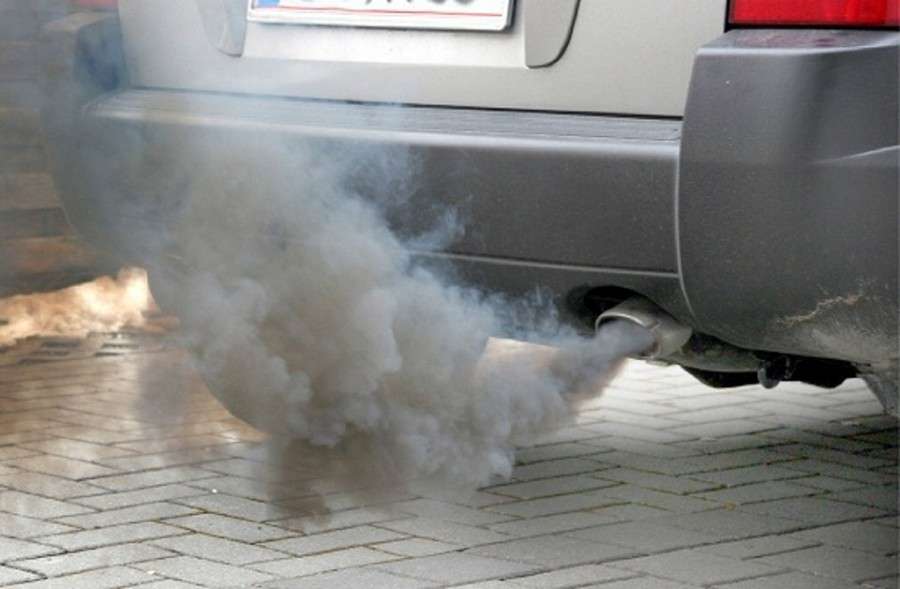
What is a vehicle neutralization system?
Content
Vehicle neutralization system
Environmental requirements for modern cars are becoming more stringent. Only car manufacturers comply with Euro 5 standards. With the entry into force of Euro 6. The neutralization system. As a catalytic converter, a particulate filter and fuel injection have become indispensable structural elements of the car. A selective catalytic converter system, also called selective catalytic reduction, has been used for diesel vehicles since 2004. The neutralization system reduces the level of nitrogen oxides in the exhaust gases and, thus, allows you to comply with the toxic standards of Euro 5 and Euro 6. The system of neutralization of the car is installed on trucks, cars and buses. The catalytic converter system is currently applied to Audi, BMW, Mazda, Mercedes-Benz and Volkswagen.
What does the neutralization system include?
The name of the system indicates that neutralization of exhaust gases is carried out selectively. Only the content of nitrogen oxides is reduced. By its intended purpose, the selective catalytic reduction system is an alternative to the exhaust gas recirculation system. Structurally, the system of selective catalytic neutralization includes a tank, pump, nozzle, mechanical mixer. Recovery catalyst, electronic control system and heating system. The neutralization of nitrogen oxides is carried out using a reducing agent, which is a 32,5% urea solution. At this concentration, the freezing point of the solution is of utmost importance. The urea solution used in the system has the trade name Adblu. This is a special tank that is installed in trucks and stores Adblu fluid.
What determines the volume of the tank
The volume and number of tanks are determined by the design of the system and engine power. Depending on the operating conditions, the fluid flow rate is 2-4% of the fuel consumption. The pump is used to supply fluid to the nozzle under a certain pressure. It is driven by an electric drive and installed directly in the tank of the device. To transfer the device, pumps of various types are used, for example, gears. A non-return solenoid valve is included in the exhaust line of the neutralization system. When you turn off the car, the engine valve provides urea from the line back to the tank. The nozzle injects a certain amount of fluid into the exhaust pipe. The next nozzle, which is located in the guide tube, is a mechanical mixer that crushes droplets of evaporating liquid. Which rotates exhaust fumes for better mixing with urea.
Vehicle neutralization system device
The guide tube ends with a reduction catalyst, which has a honeycomb structure. The walls of the catalyst are coated with a substance that accelerates the reduction of nitrogen oxides such as copper zeolite and vanadium pentoxide. The electronic control system traditionally includes input sensors, a control unit and actuators. Control inputs include fluid pressure, fluid level, and urea sensors. Nitric oxide sensor and exhaust temperature sensor. The urea pressure sensor monitors the pressure generated by the pump. The urea level sensor monitors the level of urea in the tank. Information about the level and necessity of loading the system is displayed on the dashboard and is accompanied by a sound signal. A temperature sensor measures the temperature of urea.
Engine controls
The listed sensors are installed in the module for supplying liquid to the tank. The nitric oxide sensor detects the content of nitrogen oxides in the exhaust gases after catalytic neutralization. Therefore, it must be installed after recovery of the catalyst. The exhaust gas temperature sensor starts the neutralization process directly when the exhaust gas reaches 200 ° C. The signals from the input sensors are fed to the electronic control unit, which is the engine control unit. In accordance with the established algorithm, some actuators are activated when controlling the control unit. Pump motor, electromagnetic injector, check solenoid valve. Signals are also sent to the heating control unit.
The principle of operation of the vehicle neutralization system
The urea solution used in this system has a freezing point below -11 ° C, and under certain conditions heating is required. The urea heating function is performed by a separate system, including sensors for liquid temperature and outdoor temperature. Control unit and heating elements. Depending on the design of the system, the heating elements are installed in the tank, pump and pipeline. The heated liquid begins when the ambient temperature is below -5 ° C. The selective catalytic neutralization system works as follows. The fluid injected from the nozzle is captured by the exhaust stream, mixed and evaporated. In the area in front of the reduction catalyst, urea decomposes to ammonia and carbon dioxide. In the catalyst, ammonia reacts with nitrogen oxides, which leads to the formation of safe nitrogen and water.